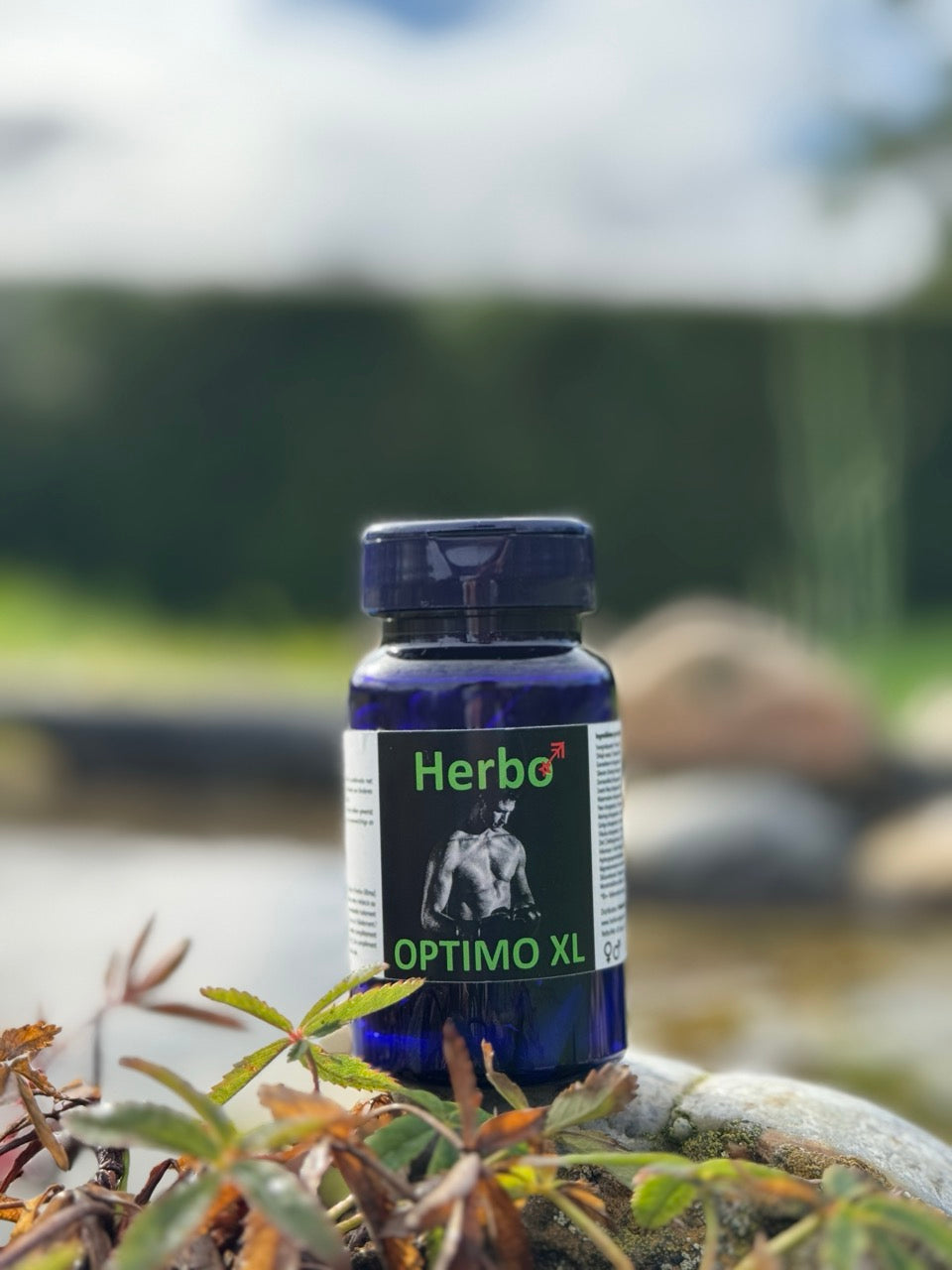Vitamin D3
------

What is it, what does it do, and where is Vitamin D3 found?
Vitamin D is a fat-soluble substance that consists of the forms D2 (called ergocalciferol) and D3 (called cholecalciferol).
Vitamin D is also called the sunshine vitamin;
If you live in Belgium or the Netherlands and spend 15 minutes in the sun three times a week from May through September, your body is able to produce enough vitamin D.
It is therefore understandable that a deficiency of this substance is common because people spend more time indoors and often apply sunscreen.
Also, a tanned skin can reduce the absorption and production of vitamin D.
You can find this vitamin in very small amounts in various foods.
In the past, this vitamin was known because a deficiency could cause the English disease Rickets.
After administration of this nutrient, the number of this disease has decreased to a minimum.
Vitamin D can be found in sunlight, dairy products, fatty fish and fish liver oil, eggs, oysters, and gluten-free grains.
What exactly does Vitamin D3 do?
- Calcium and phosphorus absorption in the bones
- Immune system support
- Muscle, bone and dental health
- Growth of skin cells
- Glucose regulation
- Heart and vascular health
- Thyroid function
Minimal Recommended Daily Amount of Vitamin D3
- Children: 10 mcg per day
- Adult men: 10 mcg per day
- Adult women: 10 mcg per day
- Pregnant women: 20 mcg per day
- 70+: 20 mcg per day
The above dosages are the recommended dosages from the health council.
Therapeutically, vitamin D3 can be used up to 500-5000 IU per day for certain medical conditions and special circumstances.
Some of these conditions include, for example, cardiovascular diseases, rheumatoid arthritis, chronic pain, chronic inflammatory bowel diseases, high blood pressure, and type 1 and 2 diabetes.
Symptoms of a Vitamin D3 deficiency?
Symptoms of Vitamin D deficiency are:
- Weak bones and/or increased risk of fractures
- Fatigue
- Muscle weakness
- Melancholy
- Insomnia
- Nervousness
When do I have too much Vitamin D3?
The safe upper limit of vitamin D3 is set at 100 mcg per day.
Studies show that no adverse effects occur from long-term use of 250 mcg per day.
Vitamin D3 is therefore very safe to use.



